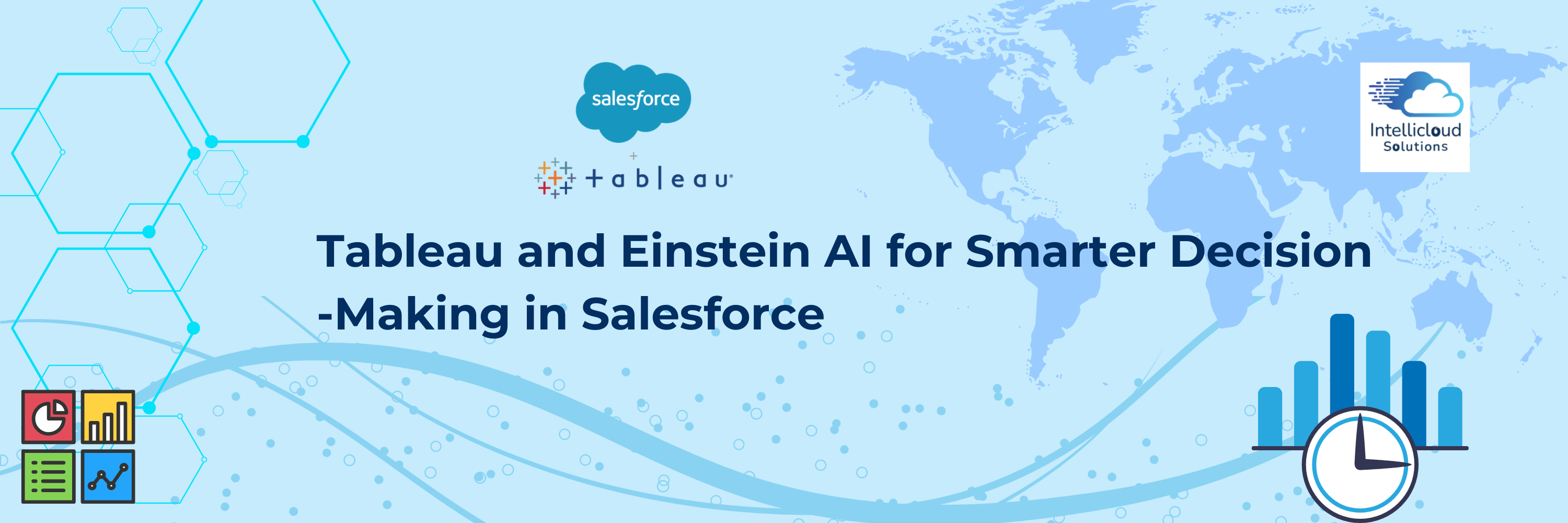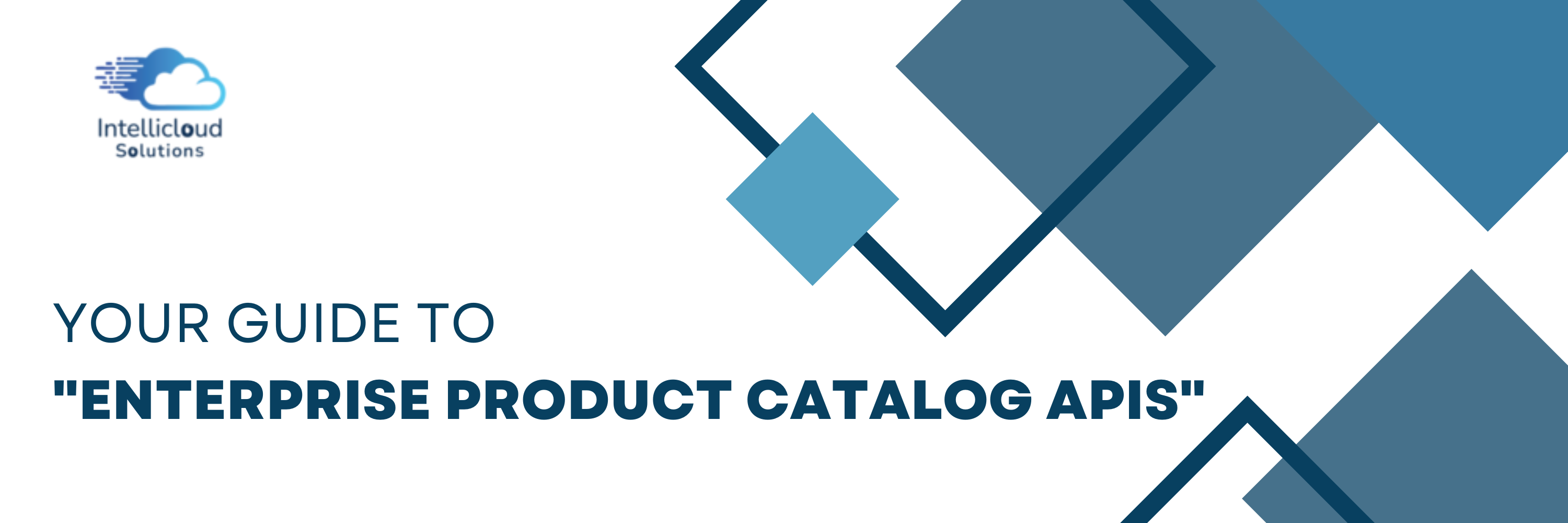In today's world, staying ahead involves connecting data, systems, AI, automation, and people to create smooth, fast processes. This challenges IT teams, who struggle to meet heavy demands using traditional methods, while business users turn to quick fixes to satisfy employees and customers. Many businesses are rapidly adopting digital transformation. Low-code development is a technology attracting significant interest.
This blog is a treasure trove for those interested in low-code development. We'll discover the fundamentals of low-code, its features and how it's future.
Table of contents:
- What is Low-Code?
- Low-Code Features and Benefits
- Challenges of Low-Code Development
- Low & High Code comparison
- Future of Low-code Development
- Popular Low-Code Development Platforms
What is Low-Code?
Low code is a development method that lets developers build digital solutions and enterprise software with little to no coding required.
Low Code development allows developers to create apps quickly and easily without having to write much code. It uses visual tools like drag-and-drop interfaces and pre-built components, so even people who aren't professional programmers can build and design apps. This approach speeds up the development process and makes it easier for anyone to create the apps they need.
The global low-code platform marketplace earned close to 22.5 billion U.S. dollars in 2022 and is projected to reach around 32 billion U.S. dollars by 2025. The market is anticipated to grow at an average annual rate of 26.1% over this period.
Low-Code Features and Benefits
Features:-
Low code development provide a variety of features that simplify the application development process:
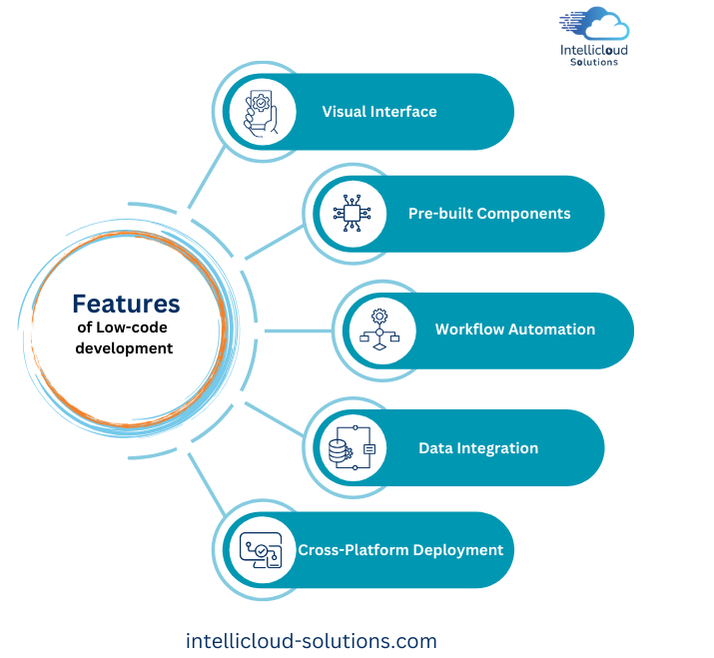
1. Visual Interface: Drag-and-drop design and visual modeling tools enable users to build applications with minimal coding.
2. Pre-built Components: Libraries of reusable elements, such as forms, buttons, and data connectors, speed up the development process.
3. Workflow Automation: Built-in tools help automate business processes and workflows, making application functionality easier to implement.
4. Data Integration: Connects easily to databases, APIs, and other data sources to incorporate data into applications.
5. Cross-Platform Deployment: Enables the development of apps that work across various platforms and devices (e.g., web, mobile).
Benefits:-
Low code development provide a several benefits that can transform the software creation process:
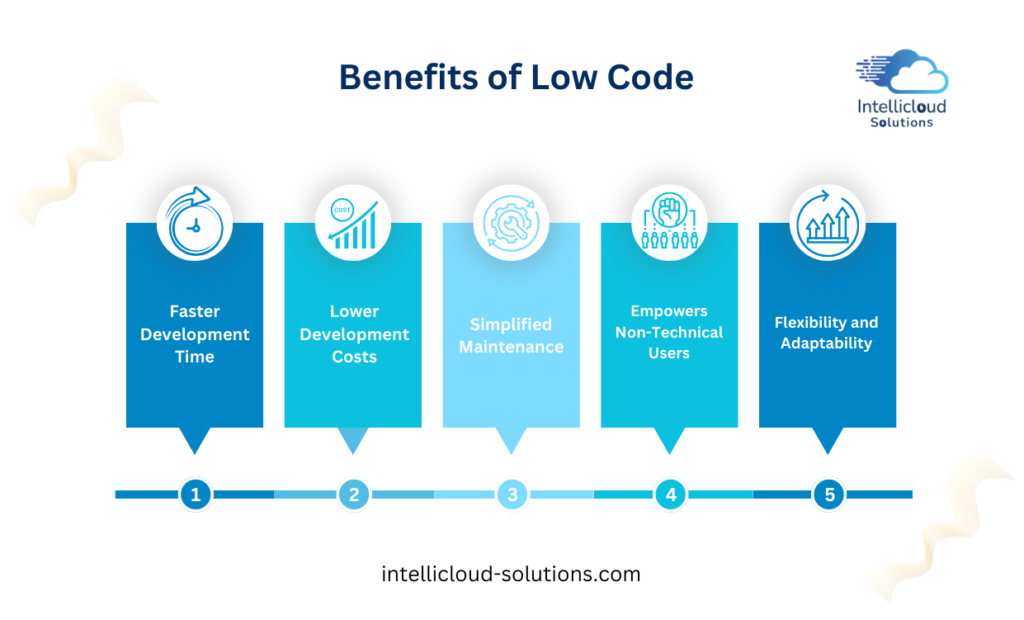
1. Faster Development Time: Low code tools accelerate the app development process, enabling faster prototyping and delivery.
2. Lower Development Costs: Reduces the need for specialized development resources, saving on labor and project costs.
3. Simplified Maintenance: Low code apps can be easier to maintain and update due to their visual design and pre-built components.
4. Empowers Non-Technical Users: Allows business users, often called "citizen developers," to create apps without extensive coding knowledge.
5. Flexibility and Adaptability: Allows for easy iteration and adjustments, making it possible to respond quickly to changing business needs.
Challenges of Low-Code Development
There are also several challenges associated with low-code development:
Limited Customization: Low-code platforms use pre-built templates and components, which simplify development but can restrict customization. Developers may struggle to adjust applications to specific needs due to the limits of these pre-made tools. This inflexibility can make it harder to adapt software for unique purposes.
Performance and Scalability: Low-code platforms may not always be designed for top performance or handling growth. If your app needs to manage lots of data or many users at once, the platform might have trouble keeping up.
Integration Limitations: Connecting low-code apps with other systems or old software can be tough. The platform might not work with certain APIs or data sources, which can make it hard to link with your current IT setup.
Community and Ecosystem: Low-code platforms may not have the same level of community support or extensive ecosystem of libraries and tools as traditional development frameworks, which can be a disadvantage when seeking assistance or additional features.
Low & High Code comparison
Here is a table of comparison between low-code and high-code development approaches:
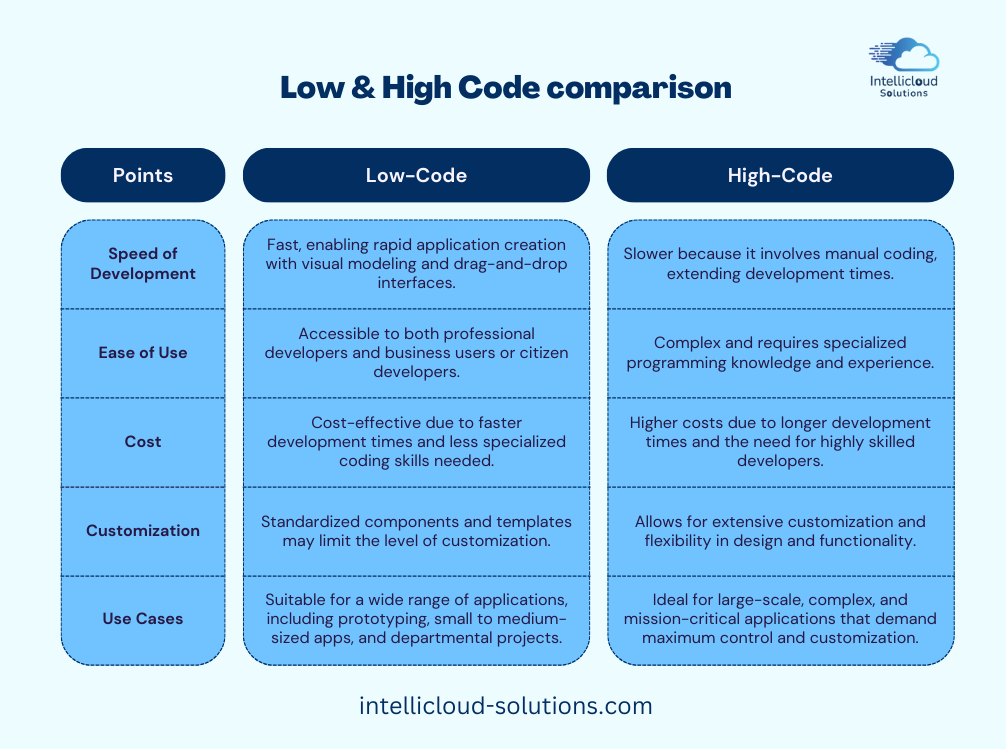
Future of Low-code Development
The future of low code development looks bright because it makes app development easy and fast for many users. Low code platforms will use AI and machine learning to help automate tasks and offer smart suggestions. They will also offer more customization options and work across different platforms, like web and mobile. Collaboration features will improve, making it easier for teams to work together. Security and compliance will be stronger, and there will be tools tailored to specific industries. Low code will embrace cloud technologies and work with DevOps practices, while also supporting IoT and edge computing. In precis, low code will make app development more accessible, efficient, and flexible for future needs.
Popular Low-Code Development Platforms
The rise in popularity of low-code development platforms in recent years can be attributed to their capability to speed up application creation with minimal coding. Here are some of the leading low-code development platforms:
Mendix: Mendix is a widely-used low-code platform that provides a visual development environment, allowing users to quickly create custom applications for various industries.
OutSystems: OutSystems is a leading low-code platform that offers a comprehensive set of tools for building, deploying, and managing enterprise applications. It focuses on providing speed, scalability, and security.
Salesforce Lightning Platform: Salesforce offers a low-code platform within its ecosystem that allows users to create custom applications and automate workflows.
Appian: Appian is known for its low-code automation and application development capabilities. It offers an intuitive interface and is often used for business process management (BPM) solutions.
Pegasystems: Pegasystems, commonly known as Pega, offers a powerful low-code development platform that provides organizations with tools for rapidly creating custom applications and automating complex business processes.
Wrap Up
Low-code development speeds up software creation with visual tools and pre-built components, enabling quicker prototyping and easier maintenance. It allows non-developers to participate in the process, fostering collaboration across teams and reducing the need for extensive coding. This cost-effective approach is beneficial for creating simple applications efficiently.
Intellicloud Solutions Expertise
Intellicloud Solutions is a software consulting firm that specializes in low-code development, offering tailored enterprise software to meet your specific needs. We use the most appropriate and modern low-code technologies to build strong solutions that drive your business's growth and adaptability.
Our team of experts has extensive experience in building software solutions for a wide range of architectural types, enabling your business to expand and evolve efficiently.
To learn more about our previous projects and capabilities, we invite you to explore our profile and connect with us. Let us assist you elevate your business with innovative software solutions.




















